What’s in Season – January Produce and Recipes
This post may contain affiliate links. Please read our disclosure policy.
Hearty root vegetables, tangy citrus fruits, and nourishing brassicas are in season in January. So get ready to warm up this winter with some delicious recipes!
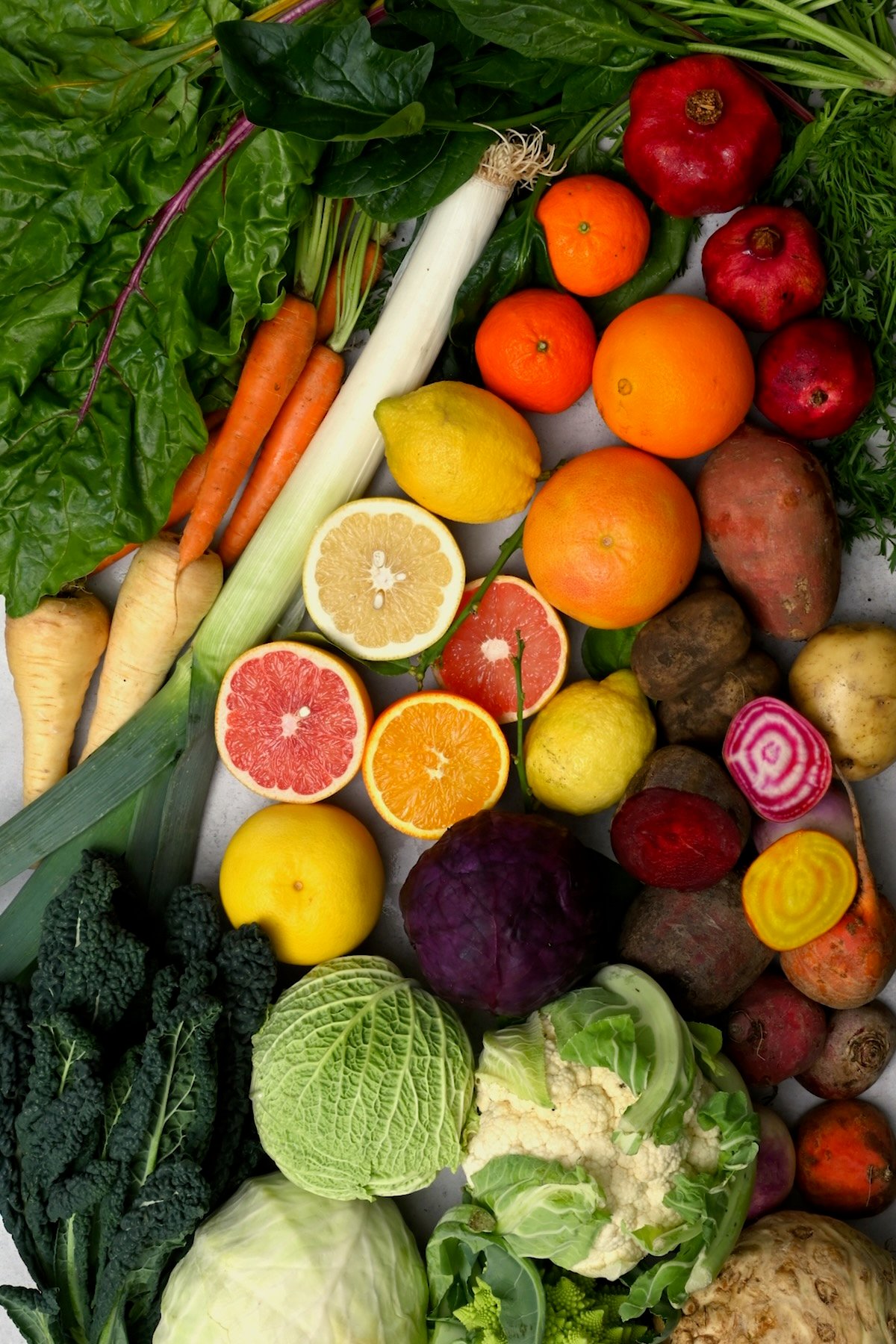
As the winter weather settles in, it’s the perfect time to turn to the abundance of fresh and flavorful January produce. From root vegetables to leafy greens, to tangy citrus fruits, there is plenty to choose from. Whether you’re looking to roast, braise, or sauté, there’s no shortage of in-season ingredients to inspire your weeknight dinners in the new year.
Want to save this recipe?
Citrus
Grapefruit, oranges, clementines, tangerines, and lemons are abundant at the local farmer’s markets and you can also easily find them in grocery stores. Plus, citrus fruit is a good source of vitamin C and other nutrients.
Enjoy as a snack, use in cooking and baking to add flavor and zest, or add to salads, marinades, and desserts for extra flavor. Why not try these lemon ginger energy shots?
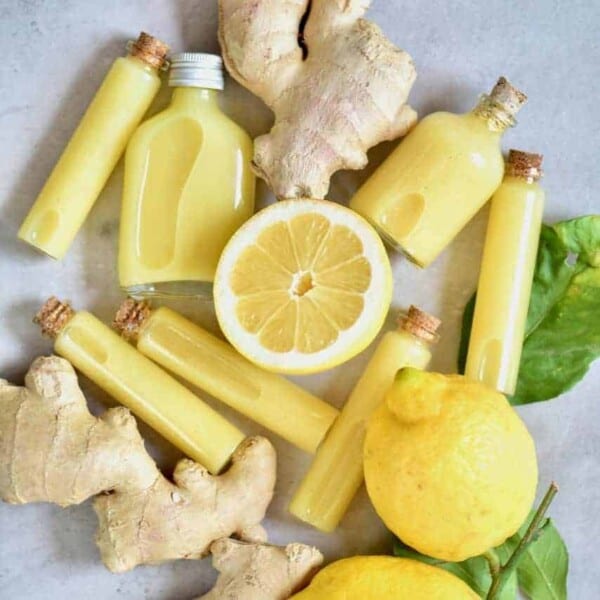
Lemon Ginger Shots Recipe
View RecipeBrassica vegetables
Brassica vegetables like kale, cauliflower, Brussels sprouts, cabbage, collard greens, and Swiss chard are the main produce in season in January. They are rich in vitamins and minerals and are a good source of dietary fiber. You can enjoy them raw or cooked in a variety of dishes.
Kale: Easily add kale to salads or use it in smoothies – like in this blueberry smoothie. Plus, you can also use collard greens, spinach, beet greens, and others in place of kale in a lot of recipes. You can also make this healthy snack kale chips.
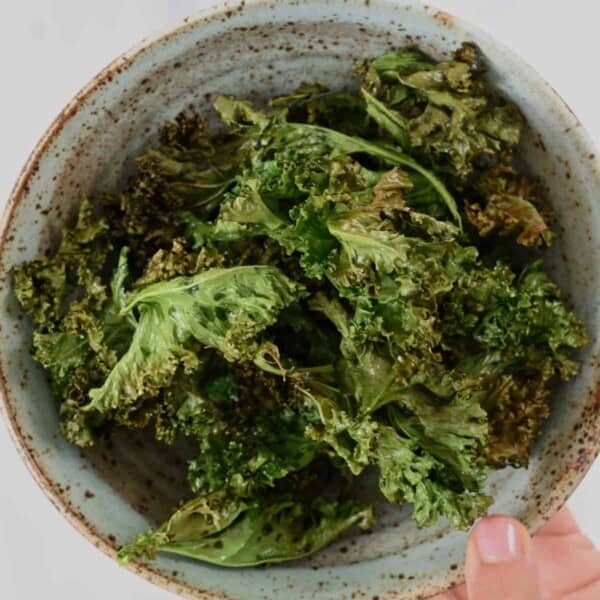
Homemade Kale Chips
View RecipeCauliflower: It is amazing when roasted – switch up the seasoning, and you will never get tired of it. Serve it as a whole roasted cauliflower head or Buffalo cauliflower wings. You can also make a nutritious cauliflower soup or grilled cauliflower steaks.

Cauliflower Steaks Recipe
View RecipeSwiss chard is perfect for lentil soup with chard, stuffed chard rolls, or as sauteed chard on the pan.
Brussels sprouts are easy to prepare and are delicious as roasted brussel sprouts.
Cabbage can be enjoyed raw, cooked, as boiled cabbage, or as quick pickled cabbage. Plus, you can make nutritious coleslaw or salads like this raw cabbage salad. You can also make roasted cabbage steaks, cabbage casserole, or cabbage soup.

Boiled Cabbage Recipe
View RecipeWinter squash
There are various types of winter squash, including butternut squash, acorn squash, kabocha, and buttercup, that are still in season in January. Their sweet, nutty flavor is perfect for multiple recipes, such as soups, stews, pasta dishes, baked goods, and more.
For example, you can enjoy butternut squash roasted, baked, boiled, or sautéed. You can make delicious stuffed butternut squash or butternut squash pizza crust. You can also make a warming roasted butternut squash soup or roasted acorn squash.
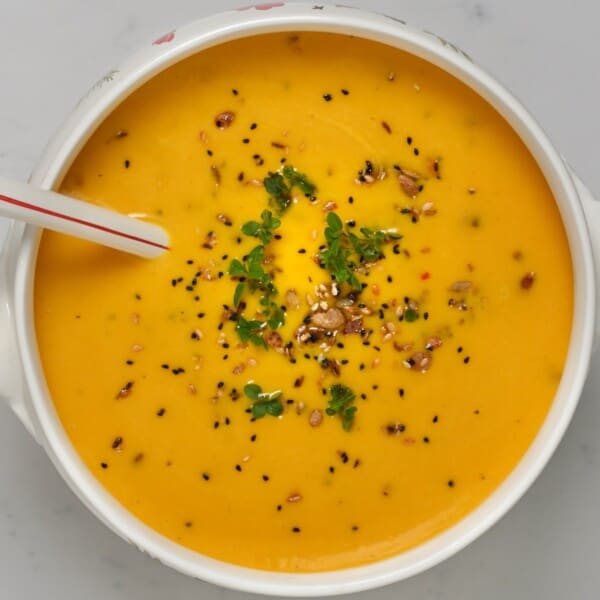
Butternut Squash Soup Recipe
View RecipeRoot vegetables
In January, enjoy carrots, celery root, beetroot, parsnips, turnips, yams, sweet potatoes, and potatoes. You can enjoy them raw or cooked in a variety of recipes.
Carrots are versatile and popular for making carrot soup or roasted carrots. They can be enjoyed as a dip, simple salad, or delicious carrot juice. Also, their crunchy texture and sweet, earthy flavor are perfect for making overnight oats with carrots and classic carrot cake. And I love this refreshing carrot salad.
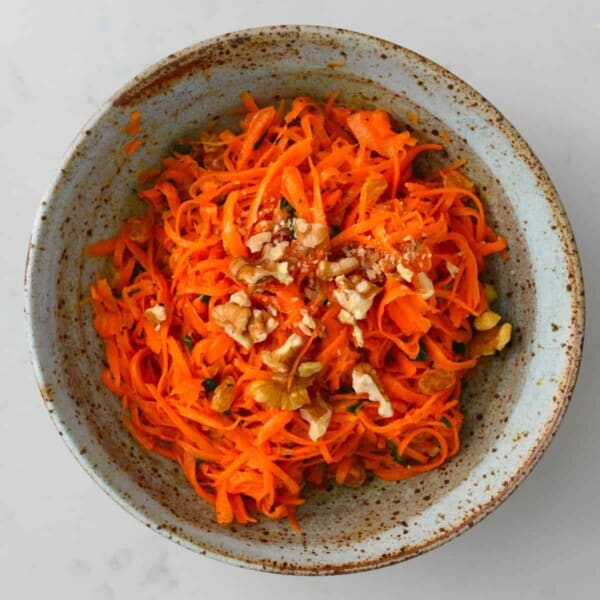
Carrot Salad Recipe
View RecipeCelery root, parsnips, and turnips are all great in soups, stews (like beef stew), and purees. You can also enjoy them raw in salads, make roasted parsnips, or even fry them. You can also make a creamy parsnip soup and add root veggies leftovers to homemade vegetable stock. And, of course, celery makes a great detox celery juice.
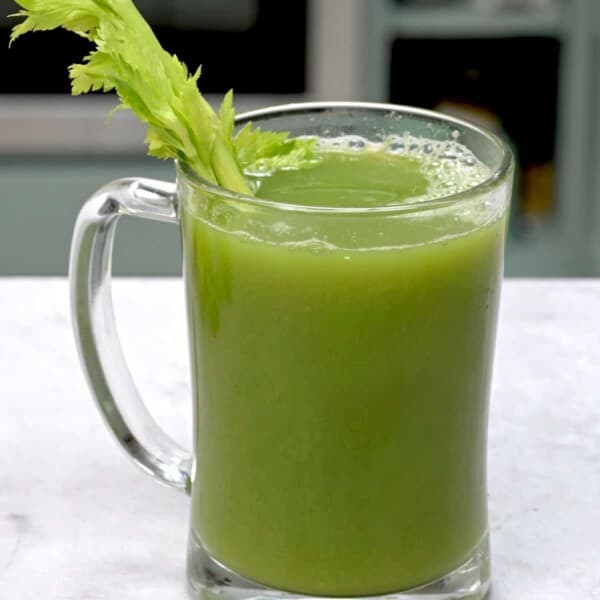
Celery Juice Recipe
View RecipeBeetroot (beets) can be eaten raw or cooked. Enjoy them in a salad, make fresh beet juice, or use them in soups (like Borscht soup) and stews. Plus, you can make colorful beet hummus and pink beet pasta. Make roasted beets or quick pickled beets. You can even enjoy them as a snack in the form of these beetroot chips.

Beet Chips Recipe
View RecipeYams, sweet potatoes, and potatoes can be prepared in tons of ways. You can enjoy them in salads or as a nutritious breakfast with potatoes. Plus, you can boil potatoes, mash them, roast them, oven-bake them, or make a potato casserole. And you can make crispy fries, creamy au gratin potatoes, potato and leek soup, or even one-ingredient potato flatbread.

Baked Sweet Potato Recipe
View RecipeOthers
Pomegranates are great for adding flavor and nutrition to salads, desserts, and other dishes. Plus, they make a great addition to homemade kombucha.
Enjoy kiwis fresh as a snack or add them to salads, smoothies, etc. Make a simple kiwi juice, add slices to fruit and yogurt parfait, or make a kiwi Tanghulu. Pears are great fresh or add them to pies, tarts, compots, or even salads.
Leeks are delicious in potato and leek soups, stews, and other recipes. Plus, you can also grill and roast leeks.
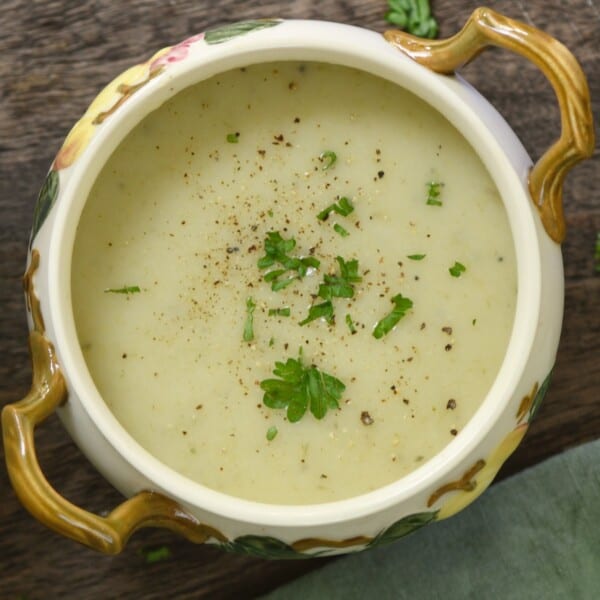
Potato Leek Soup Recipe
View RecipeMore seasonal produce guides
If you try any of these recipes with produce in season in January, let me know how it goes in the comments below. I’d love to see your recipe recreations—tag me on Instagram @Alphafoodie!









